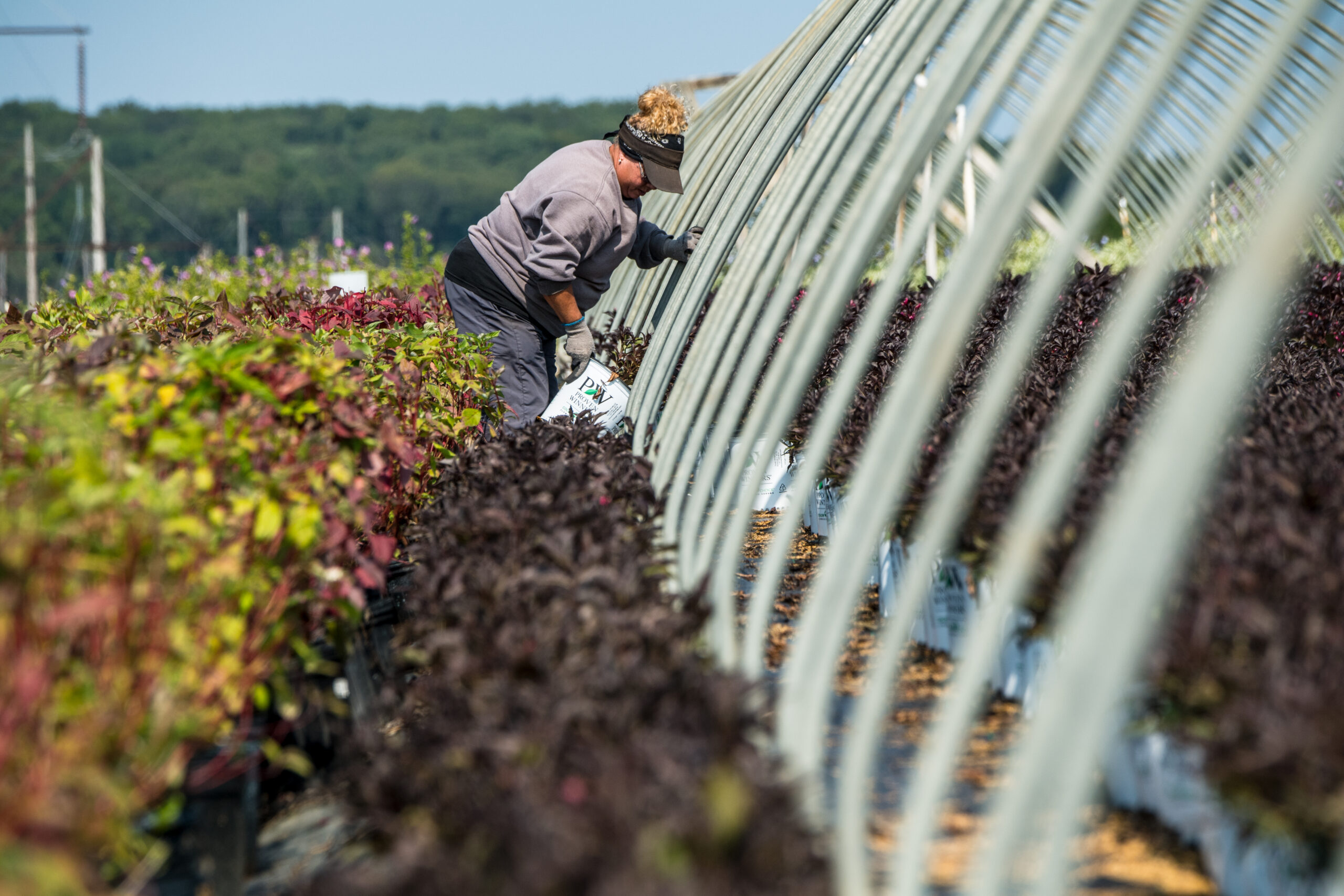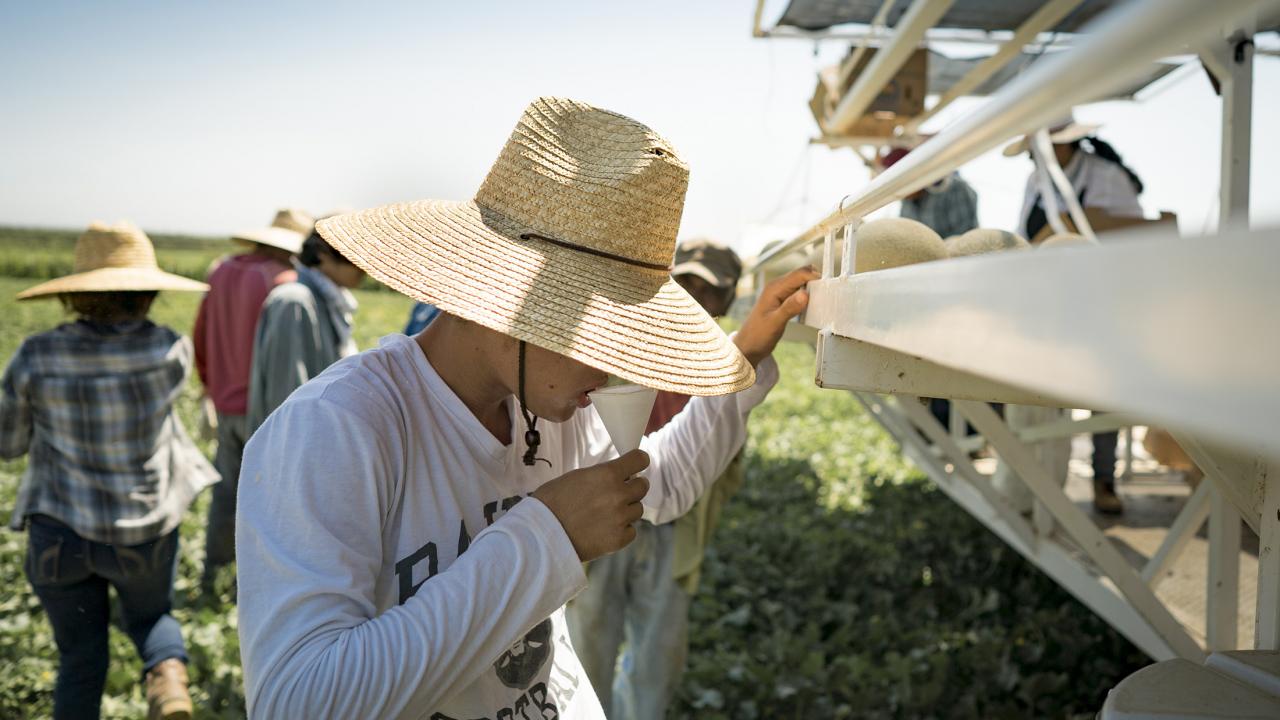Employee training on working in the heat may reduce risk of heat illness by raising awareness of heat safety. OSHA has developed “A Guide for Employers to Carry Out Heat Safety Training for Workers” which provides step-by-step instructions on how to engage employees in participatory heat safety training on three topics: 1) health effects of heat, 2) how to respond to symptoms, and 3) preventing heat illness. The training can be delivered in one, 45-minute session or three, 15-minute sessions.
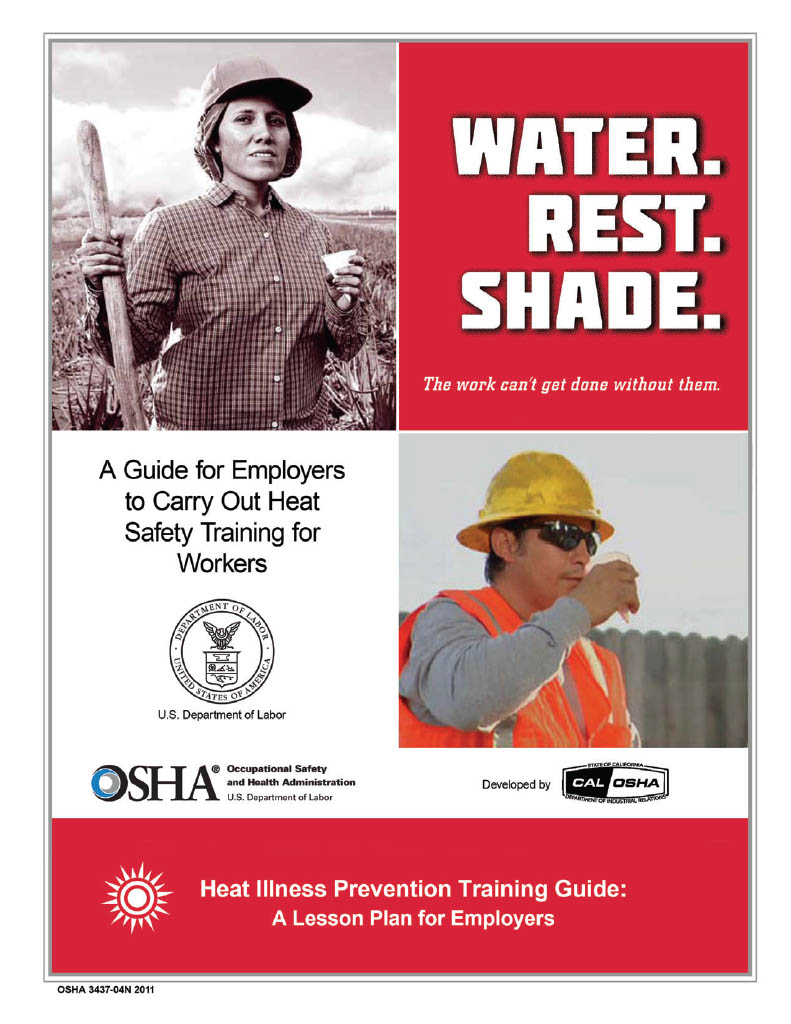
Article By: The Rutgers Farm Health and Safety Working Group: Kate Brown, Michelle Infante-Casella, Stephen Komar and William Bamka
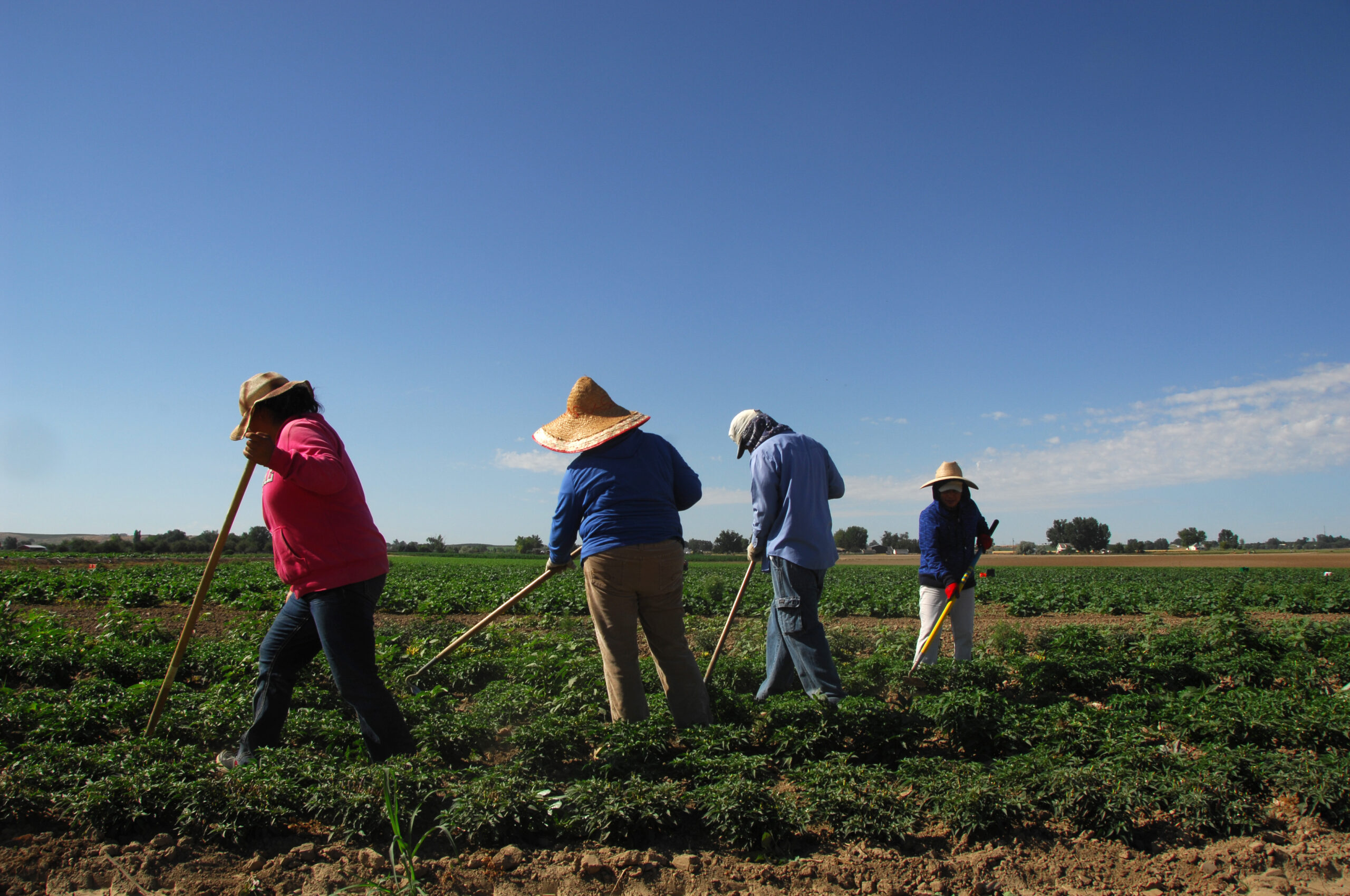
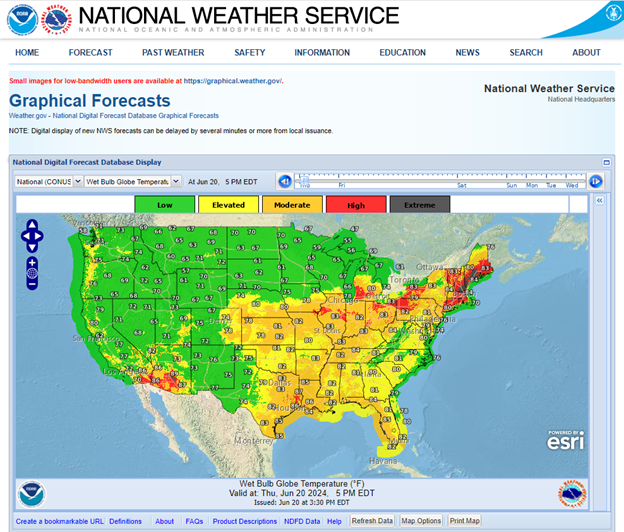 The National Weather Service has graphical forecasts for many weather variables including heat index and wet bulb globe temperature which can be used to evaluate risk of heat stress. These predictive tools may be utilized to evaluate the risk of heat stress up to one week in advance and may aid in planning of field activities.
The National Weather Service has graphical forecasts for many weather variables including heat index and wet bulb globe temperature which can be used to evaluate risk of heat stress. These predictive tools may be utilized to evaluate the risk of heat stress up to one week in advance and may aid in planning of field activities.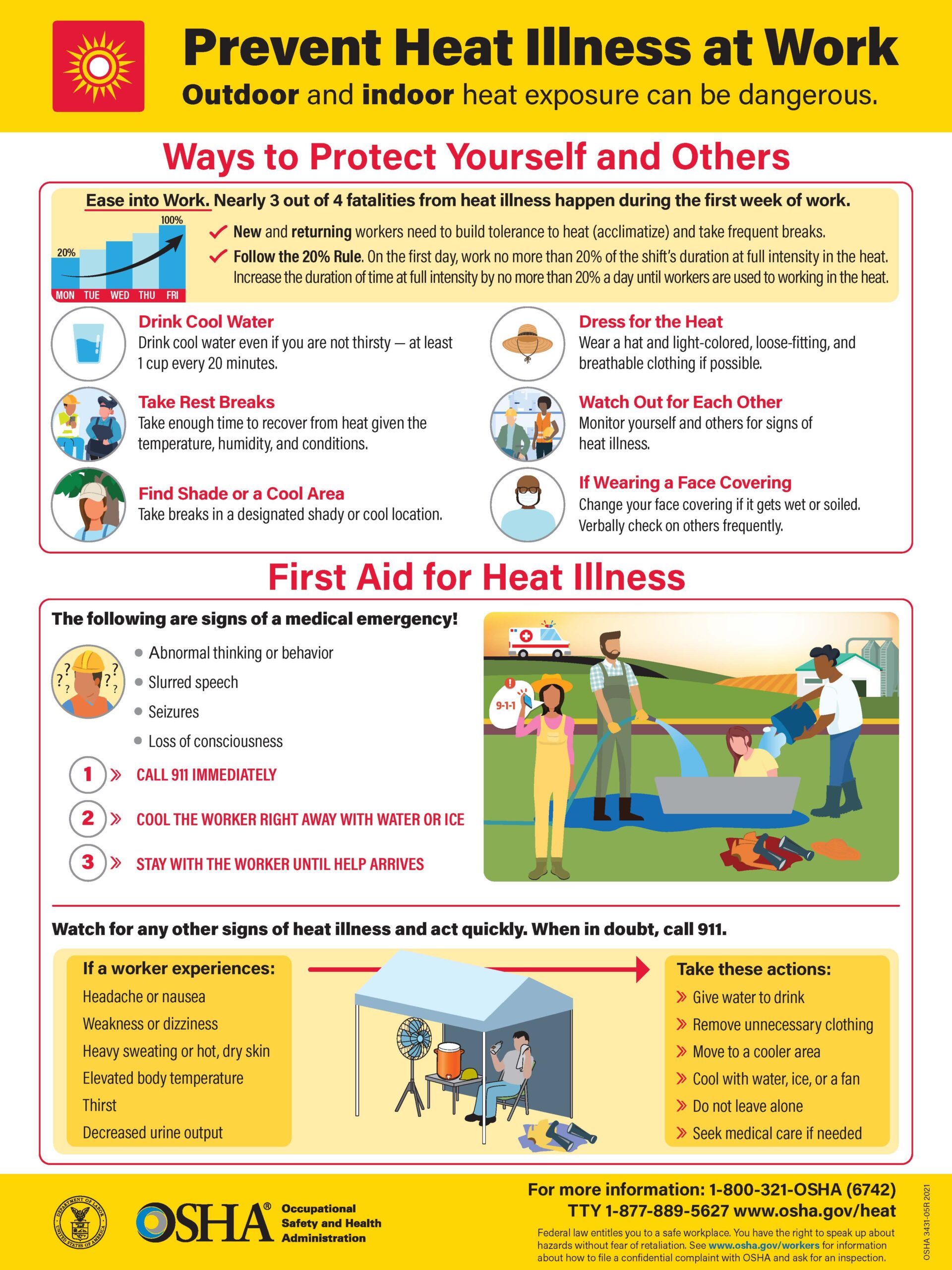 The outdoor nature of crop and livestock production exposes farmers and farm workers to variable weather conditions. During the summer months, periods of high heat can increase the risk of heat stress and heat-related illness.
The outdoor nature of crop and livestock production exposes farmers and farm workers to variable weather conditions. During the summer months, periods of high heat can increase the risk of heat stress and heat-related illness. 